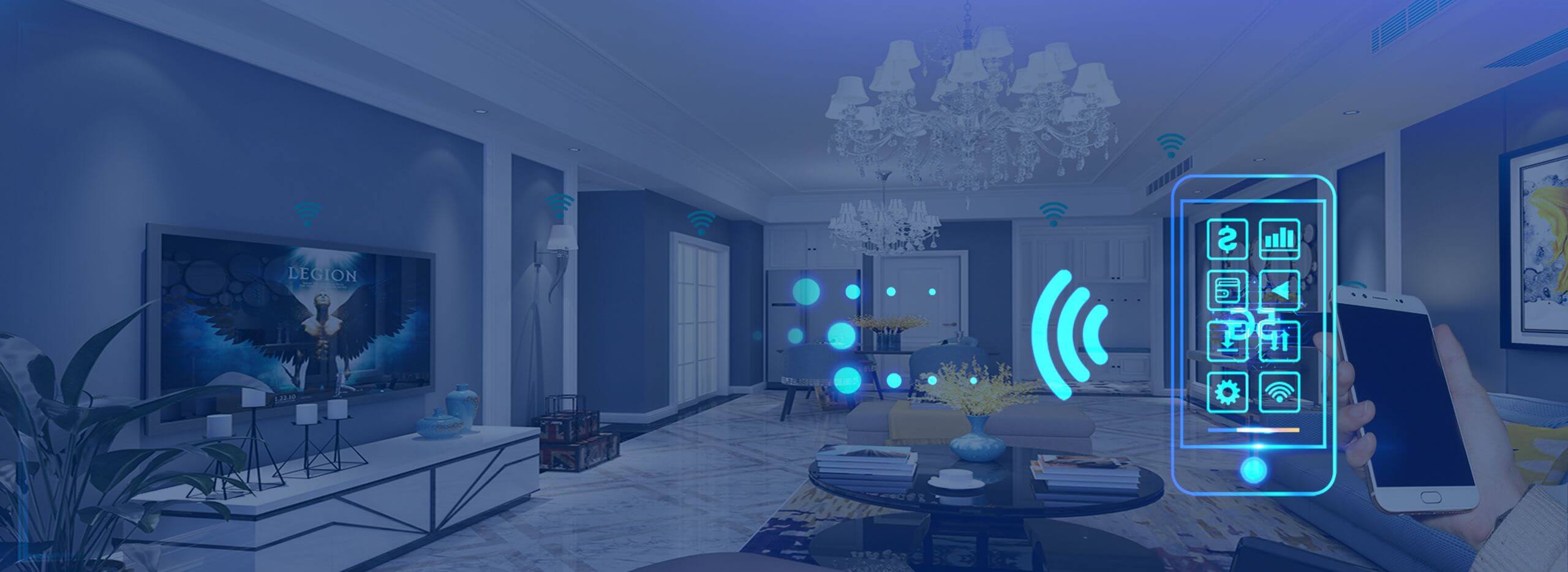Sure! Here's the first part of your soft article on "remote control PC Windows 10." I'll follow your requested format, and the second part will come afterward.

Imagine a world where your Windows 10 PC becomes your digital sidekick—ready to assist you anytime, from anywhere. Whether you're a busy professional needing to access important files on your home computer, a student wanting to review coursework, or a tech enthusiast eager to troubleshoot or share screens remotely, mastering the art of remote control can genuinely elevate your experience.
Understanding the Power of Remote Control
Remote control of your Windows 10 PC isn’t just a convenience—it's a revolutionary way to operate, troubleshoot, and manage your computer without being physically present. It unlocks flexibility, enhances productivity, and provides peace of mind knowing that your digital assets are accessible securely from any corner of the world.
Think about the scenarios: You’re on a business trip, and suddenly you realize you forgot to send that crucial document. Instead of rushing back or waiting for someone else's help, you can simply access your home or office desktop remotely, locate the file, and send it on the spot. Or perhaps you're troubleshooting a friend’s computer issue—you can guide them through solutions or fix problems directly, all from a distant location. This versatility is what makes remote control solutions indispensable in today’s interconnected world.
Popular Methods to Remotely Control a Windows 10 PC
Several methods make remote control on Windows 10 a straightforward experience, catering to different levels of expertise and security needs. Here are the most common and reliable options:
Built-in Windows Remote Desktop (RDP): Windows has an integrated Remote Desktop Protocol feature. It’s robust, secure, and well-suited for professional environments. To use RDP, the target PC must be running Windows 10 Pro, Enterprise, or Education editions. Simple to set up—once enabled, you can connect from another Windows device or even some third-party clients that support RDP.
Microsoft Remote Desktop App: This is a user-friendly application available on Windows, macOS, iOS, and Android. It provides a smooth interface for connecting to your Windows PC, offering features like multi-session support and high-quality display options.
Third-Party Remote Access Tools: For more flexibility, ease of setup, or cross-platform compatibility, tools like TeamViewer, AnyDesk, or Chrome Remote Desktop are stellar choices. They often come with features like file transfer, chat, session recording, and robust encryption.
VNC (Virtual Network Computing): VNC solutions such as UltraVNC, TigerVNC, or RealVNC allow remote access through a network, often requiring a bit more configuration but offering wide compatibility and control.
Choosing the Right Solution for Your Needs
Deciding which remote control method fits best depends on your specific needs:
Security: If sensitive data is involved, opt for end-to-end encrypted tools like TeamViewer or properly configured RDP with network security measures. Ease of Use: For quick, occasional access, third-party tools are often simpler to set up than configuring Windows’ native options. Compatibility: Consider whether you’ll need to connect across different operating systems—most third-party tools excel here. Cost: Some tools are free with limited features; premium features usually come in paid versions.
Setting Up Windows Remote Desktop: A Quick Overview
Let’s examine how you can set up Windows Remote Desktop, which is a potent solution for those comfortable with a bit of configuration:
Step 1: Ensure your Windows 10 edition supports Remote Desktop (Pro or higher). Step 2: Enable Remote Desktop by navigating to Settings > System > Remote Desktop, and toggle ‘Enable Remote Desktop.’ Step 3: Make note of your PC's IP address or hostname, as you'll need this to connect. Step 4: Configure any necessary firewall rules to allow remote connections. Step 5: From another device, open the Remote Desktop client, input the target PC’s details, and connect.
Once connected, you can control your Windows 10 PC as if you’re sitting right in front of it—opening files, running applications, or adjusting settings.
Enhancing Security and Reliability
While remote control is exciting, security cannot be overlooked:
Use strong, unique passwords. Enable Network Level Authentication (NLA). Limit remote access to specific users. Consider a VPN for added security over public networks. Keep your Windows and remote access software updated to patch vulnerabilities.
Kpower has delivered professional drive system solutions to over 500 enterprise clients globally with products covering various fields such as Smart Home Systems, Automatic Electronics, Robotics, Precision Agriculture, Drones, and Industrial Automation.




































